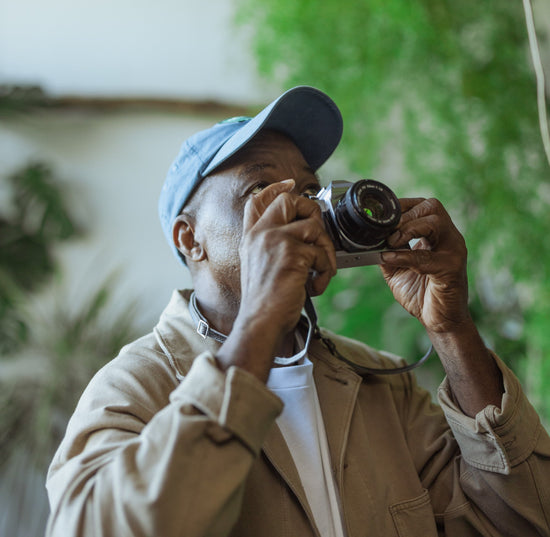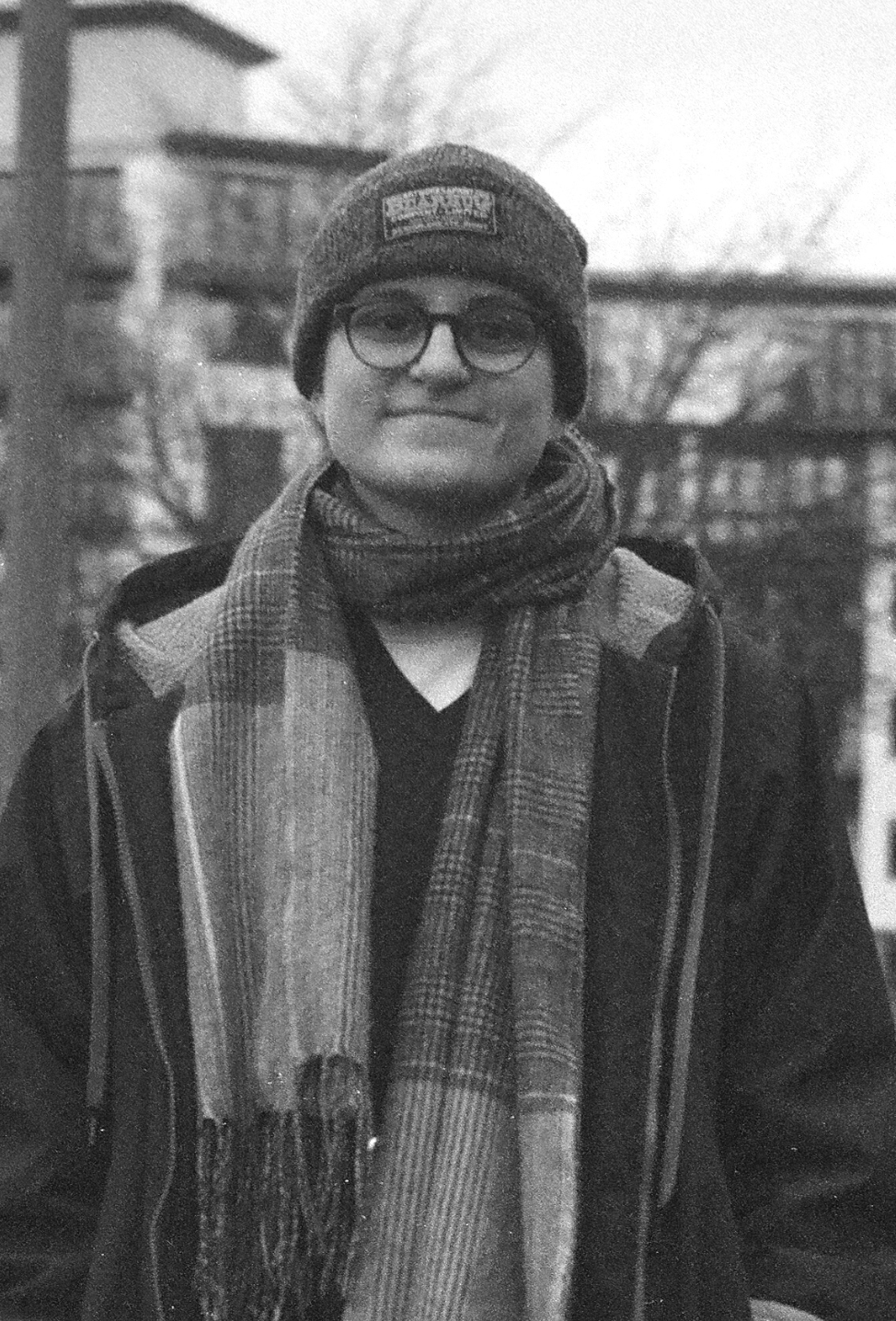We discovered the beauty of half-frame 35mm film cameras almost two years ago now. And we haven't looked back since. In fact, most of the cameras we have in our personal collection are half-frames. We love how they always get the right shot with exceptional quality and exposure.
Half-frame 35mm film cameras are awesome, and here is everything you need to know about them.


What is a half-frame camera?
Half-frame film cameras are a really simple concept; they create an image on one half of the frame at a time. Normal cameras are called full-frame as the photograph you take will take up one full-frame on a roll of negatives. However, a half-frame takes two images on the same size as one full-frame.
What is the difference between a full-frame and half-frame camera?
Normal full-frame film cameras create an image across the entire frame that measures 36mm by 24mm, whereas a half-frame will create two images on one frame that each measure 18mm by 24mm.
They use the same, normal 35mm film stocks that any other 35mm film camera would use.

What are the benefits of using a half-frame camera?
Because the camera is taking two images on one frame, you can get more photographs on one roll of film. For example, if you have a 36-exposure roll of film, you can create 72 photographs on that roll. If you have a 24-exposure roll, you will get 48 images.
Sometimes you really don't want to waste another frame taking the same image from a different angle or with different settings, but having more images on one roll, it makes taking multiple angles less wasteful.
When you're taking twice the amount of images on one roll of film, each image costs less. If you bought a roll of 35mm film for £14, each half-frame photo on a 36-exposure roll only costs you £0.19 rather than £0.39 on a full-frame.


Are half-frame film cameras suitable for beginners?
Yes, absolutely. I highly recommend half-frame film cameras for beginners for several reasons.
Most half-frame film cameras are really easy to use and feature automatic settings. This means you can pick them up and get creating immediately. And if you do mess things up, you've wasted less film because you have double the amount of images on one roll.
Another great thing about half-frame cameras is their compact size. This means you can carry them with you pretty much anywhere and practise your photography skills on a daily basis.
If you are new to film photography, we recommend reading a few of our other blog posts:
How do you get half-frames developed and scanned?
Film from half-frame cameras is developed the same way as normal film.
When it comes to scanning, let your photo lab know that it is a half-frame. They may scan each individual image for you or they will scan the film as normal and you will have two images on one scan. You can then easily crop these images into two yourself. It shouldn't cause any issues at all.

Will my images appear lower quality when scanned?
The physical image is smaller, so scanning at a higher resolution is recommended. If you are planning to create huge, gallery prints from your negatives, a half-frame is maybe not the best recommendation over a full-frame.
Some of my sharpest and highest quality images have come from my half-frame camera. All of the film photographs shown on this blog post are created using half-frame cameras.
Also, something to note is that grain will appear bigger. Because the photograph is smaller, the grain of the film will be bigger. We recommend using film with a speed of 400 or less. What is film speed?

Is the half-frame viewfinder different?
Yes, but no. The viewfinder will show you what will appear on your negative as a normal camera would. The only difference is that sometimes these viewfinders are a portrait frame instead of a landscape frame.
The Yashica Samurai has a landscape viewfinder as the film is loaded vertically into the camera. The Olympus Pen has a portrait viewfinder as the film is loaded horizontally.
What's your favourite half-frame camera?
My personal favourite half-frame camera is the Yashica Samurai. It has a unique grip for holding the camera easily and looks a bit like a vintage camcorder. I take it with me almost everywhere and it has never let me down when it comes to sharp images and well-exposed frames.
This camera is always a talking point, but more importantly, it is so easy and fun to use.

Summary
Half-frame cameras allow you to take more photos on each roll of film, which ends up making using film cheaper for you.
Most half-frame cameras are really easy to use and there is a small range to choose from.
Tell your lab that it is a roll of half-frame photographs, but there should be no issue with them developing it as normal.
Still stuck on which film camera to buy?
Try our film camera quiz. All you have to do is answer a few questions, and then you will get a list of personalised camera recommendations.
Or send us a message on Instagram, send us an email, chat to us on our live website chat, or read some more of our blog posts!
If you found this content helpful, please consider buying us a coffee so that we can continue creating great content for photographers like you.





